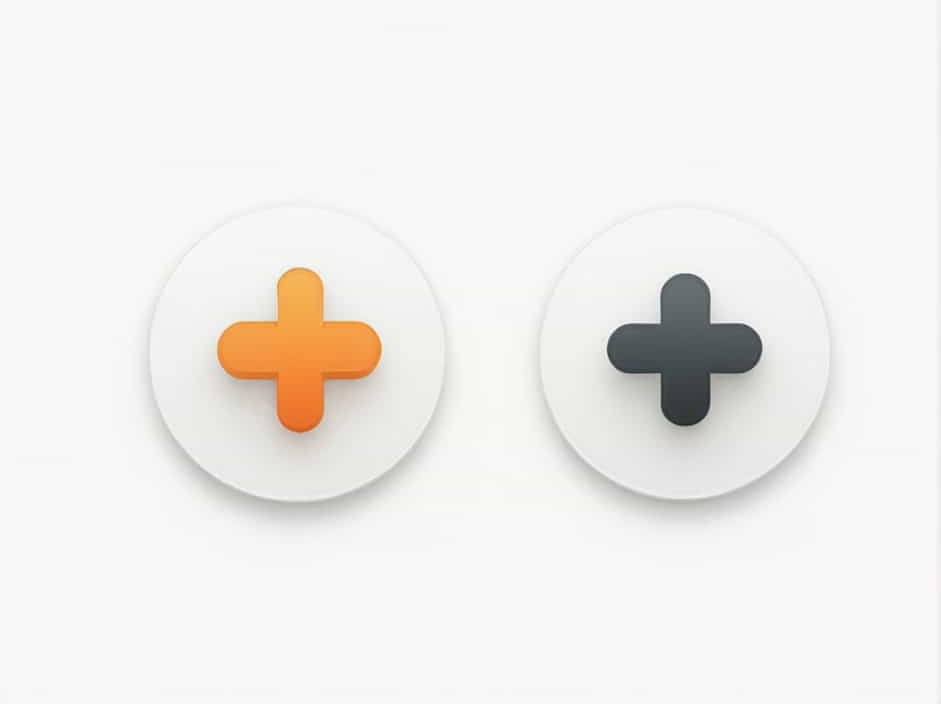Many people wonder whether nails and hair are living or nonliving. While they grow continuously, they do not feel pain when cut. This leads to confusion about their biological status.
In this topic, we will explore the structure, composition, and growth process of nails and hair, explaining whether they are living or nonliving.
What Are Nails and Hair Made Of?
Both nails and hair are composed mainly of keratin, a tough and fibrous protein. Keratin is also found in skin, hooves, and animal claws. It provides strength, durability, and protection.
Keratin: The Building Block
✔ Strong and resistant to damage
✔ Waterproof, protecting against environmental damage
✔ Forms a protective barrier for the body
Since keratin is a protein, it is not technically a living substance. However, the cells that produce keratin are once living.
Are Nails Living or Nonliving?
1. The Structure of Nails
Nails grow from a specialized area called the nail matrix, located beneath the cuticle. This is where new nail cells are produced.
Parts of the Nail
✔ Nail Matrix – The living part that produces new cells.
✔ Nail Plate – The hard, visible part of the nail (nonliving).
✔ Cuticle – Protects the base of the nail.
✔ Nail Bed – Supports the nail and provides nutrients.
2. Is the Nail Living or Nonliving?
- The nail plate (the part you cut) is nonliving because it consists of dead keratinized cells.
- The nail matrix is living, as it contains actively dividing cells that produce new nail material.
3. How Do Nails Grow?
- New cells form in the nail matrix.
- These cells push older cells outward.
- As they move up, they lose their nucleus and die, forming the hard nail plate.
Thus, while nail growth comes from living cells, the nails themselves are nonliving.
Are Hairs Living or Nonliving?
1. The Structure of Hair
Hair consists of two main parts:
✔ Hair Follicle – The living structure beneath the skin where hair grows.
✔ Hair Shaft – The visible part of the hair (nonliving).
2. Is Hair Living or Nonliving?
- The hair follicle (inside the skin) is living.
- The hair shaft (what we see) is nonliving, made of dead keratinized cells.
3. How Does Hair Grow?
- Hair begins in the hair follicle, where cells divide rapidly.
- As cells move upward, they keratinize and die, forming the hair shaft.
- The hair continues to grow until it is shed and replaced.
Since the visible part of the hair is composed of dead keratinized cells, hair is nonliving.
Why Don’t We Feel Pain When Cutting Nails and Hair?
Since nails and hair are nonliving, they lack nerves and blood supply. This is why:
✔ We don’t feel pain when cutting them.
✔ They don’t bleed when trimmed.
✔ They do not regenerate once damaged, only grow from the base.
What Affects the Growth of Nails and Hair?
1. Nutrition
✔ Protein-rich diets promote stronger nails and hair.
✔ Biotin (Vitamin B7) helps enhance keratin production.
✔ Iron and Zinc deficiencies can lead to weak, brittle nails and hair loss.
2. Hydration and Moisture
✔ Dry nails and hair break easily.
✔ Oils and conditioners help retain moisture.
3. Hormonal Changes
✔ Hormones like estrogen and testosterone affect growth speed.
✔ Pregnancy and puberty often cause faster growth.
4. Genetics
✔ Determines growth rate, thickness, and strength of hair and nails.
Common Myths About Nails and Hair
1. “Hair and Nails Continue to Grow After Death”
❌ False – The body dehydrates after death, making nails and hair appear longer.
2. “Cutting Hair and Nails Makes Them Grow Faster”
❌ False – Growth occurs from the root, not the ends.
3. “White Spots on Nails Indicate Calcium Deficiency”
❌ False – They are usually due to minor trauma or injury.
Both nails and hair are nonliving structures made of keratinized cells. They grow from living cells in the nail matrix and hair follicle, but once they emerge, they are dead tissue. This explains why we do not feel pain when cutting them.
Understanding their structure and growth helps us take better care of our nails and hair, ensuring they remain healthy and strong.
